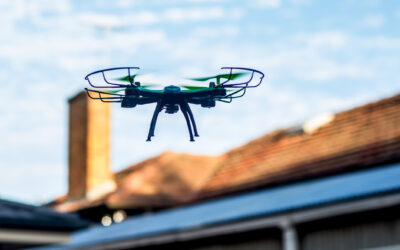
What Japan’s Massive Defense Investment Means for the World
BOTTOM LINE UP FRONT: Japan’s new security strategy is bringing unprecedented change to its military policy and is introducing a new dynamic for global collective […] More
“The Cipher Brief has become the most popular outlet for former intelligence officers; no media outlet is even a close second to The Cipher Brief in terms of the number of articles published by formers.” —Sept. 2018, Studies in Intelligence, Vol. 62
Access all of The Cipher Brief’s national security-focused expert insight by becoming a Cipher Brief Subscriber+ Member.
Related Articles

BOTTOM LINE UP FRONT: Japan’s new security strategy is bringing unprecedented change to its military policy and is introducing a new dynamic for global collective […] More

EXPERT PERSPECTIVE – Following recent Russian airstrikes on Kyiv, Germany sent the first of four planned IRIS-T SLM air defense systems to Ukraine. France, the […] More

EXPERT PERSPECTIVE – Russian authorities say they shot down a Ukrainian drone over the area that serves as headquarters for the Russian Black Sea Fleet […] More

EXPERT PERSPECTIVE: The presence of drones/UAV’s in armed conflicts as varied as Syria, Nagorno-Karabakh, and Ukraine is not only influencing military tactics and strategy but it’s […] More

According to a recent report by the National Defense Strategy Commission (NDS), the U.S. Department of Defense and the White House “have not yet articulated […] More

As tensions heat up between Russia and the West, cold-war skills are back in play. Norway and Iceland are hosting more than 50,000 troops from […] More
Search